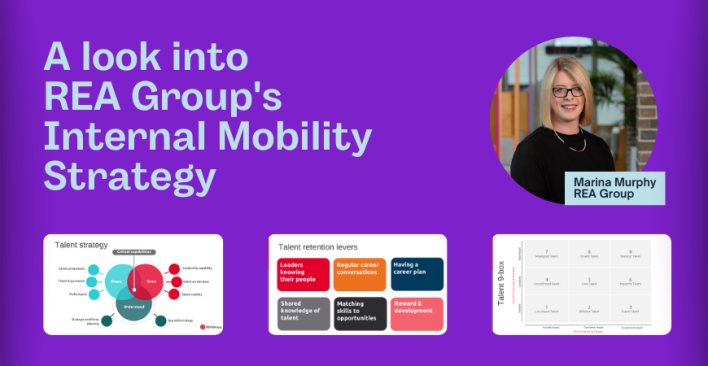Are you breeding a culture that is creating or killing innovation?

Many People and Culture professionals who have been given the directive to ‘build a culture of innovation’ immediately think about the Googles and Apples of the world. Images of beanbags and table-tennis tables fill their minds. However, what we know from the research is that this is completely ineffective in creating a culture of innovation.
Through Inventium’s role as being the judging and methodology partner for the Australian Financial Review’s Most Innovative Companies list, we’ve found that one of the biggest differentiators between the most and the least innovative companies is the culture they have created.
Here are three things that Australia’s most innovative do to create a thriving innovation culture.
 Give people more control
Give people more control
Creativity is dramatically enhanced when employees are given the freedom to decide how they do their jobs. When people feel as if they have a choice in how things can be done they are significantly more likely to engage in trial and error and, through this, find more effective ways of doing things.
In an exploration of the impact of autonomy on innovation, Dr Carolyn Axtell and her colleagues examined 148 machine operators. Employees were asked how much control they felt they had over their role and how they approached tasks, as well as questions about their innovation efforts. The researchers found that autonomy had a significant impact on the number of ideas suggested by the machine operators—in that the more freedom the operator had, the more ideas and improvements they were likely to suggest to their team and manager.
[Tweet “A innovative organisation begins with responsive, but hands-off leadership”]
At tech companies such as Etsy and Vimeo, a continuous deployment approach is adopted. Continuous deployment means every software developer and product manager has the ability to change the company’s website at any time. In the case of Etsy and Vimeo, this is significant. Both websites achieve tens of millions of unique views every month.
The essence of continuous
deployment is that it grants employees autonomy over their work. People have the freedom to fix things that need fixing, and make
improvements where they see fit.
Continuous deployment doesn’t require managerial approval, nor does it involve a manager simply telling an employee what to do.
 Reward with recognition, not cash
Reward with recognition, not cash
Recognition has long been known to be an important driver of employee engagement, but it is also a very important factor in creating a culture where innovation thrives. Some companies hold innovation awards nights, including Coca-Cola Amatil, Intuit and Deloitte. The most successful innovators are giving an award in front of all their peers, which serves as excellent motivation for innovation.
Other companies opt for rewards in the form of cash. However, research suggests this may not be as effective.

In one experiment that explored the impact of cash rewards, participants were briefed on problems that customers had experienced with footwear. One group was presented with a large amount of information on the customer, while the other group only received limited data. Participants were then instructed to generate ideas for solving customer problems. In addition, one group was told there was a $50 reward for the best idea generated, while the other group was told the reward was a measly $1.
For the group with less customer knowledge, the $50 reward led to participants generating significantly more creative ideas than their $1 reward counterparts. However, financial rewards had the opposite effect for participants with a comprehensive knowledge of customer problems. The $50 reward group put forward solutions that were evaluated as being less innovative than those from the $1 reward group.
Having a large amount of knowledge (and thus a high level of skill) is a motivator in and of itself, and the financial reward actually gets in the way of this motivation.
 Stop asking people to innovate without first giving them time
Stop asking people to innovate without first giving them time
Staff feeling like they have time to innovate is critical for creating an innovation culture – however, time is often a resource that is lacking in many organisations.
In 2012, LinkedIn put in place an initiative to help give people time to innovate—the [in]cubator program. The program invites staff to pitch their ideas to an executive team once a quarter. If accepted, the team behind the idea gets 30 days to work on their project and build a prototype. Progress is reviewed at the 30-day mark and if the project still shows promise, another 30 days is awarded. The 60-day mark is the final checkpoint, and teams that are still making good progress are awarded another 30 days. In addition, LinkedIn founder Reid Hoffman provides mentoring to teams along the way.
Images: Shutterstock
Dr. Amantha Imber will be speaking at the 12th Australasian Talent Conference about the science of innovation in the new world of A.I. and automation. Find out what’s on the horizon here.

Related articles
Leave a Reply
Sign up to our newsletter
Get a weekly digest on the latest in Talent Acquisition.
Deliver this goodness to my inbox!


